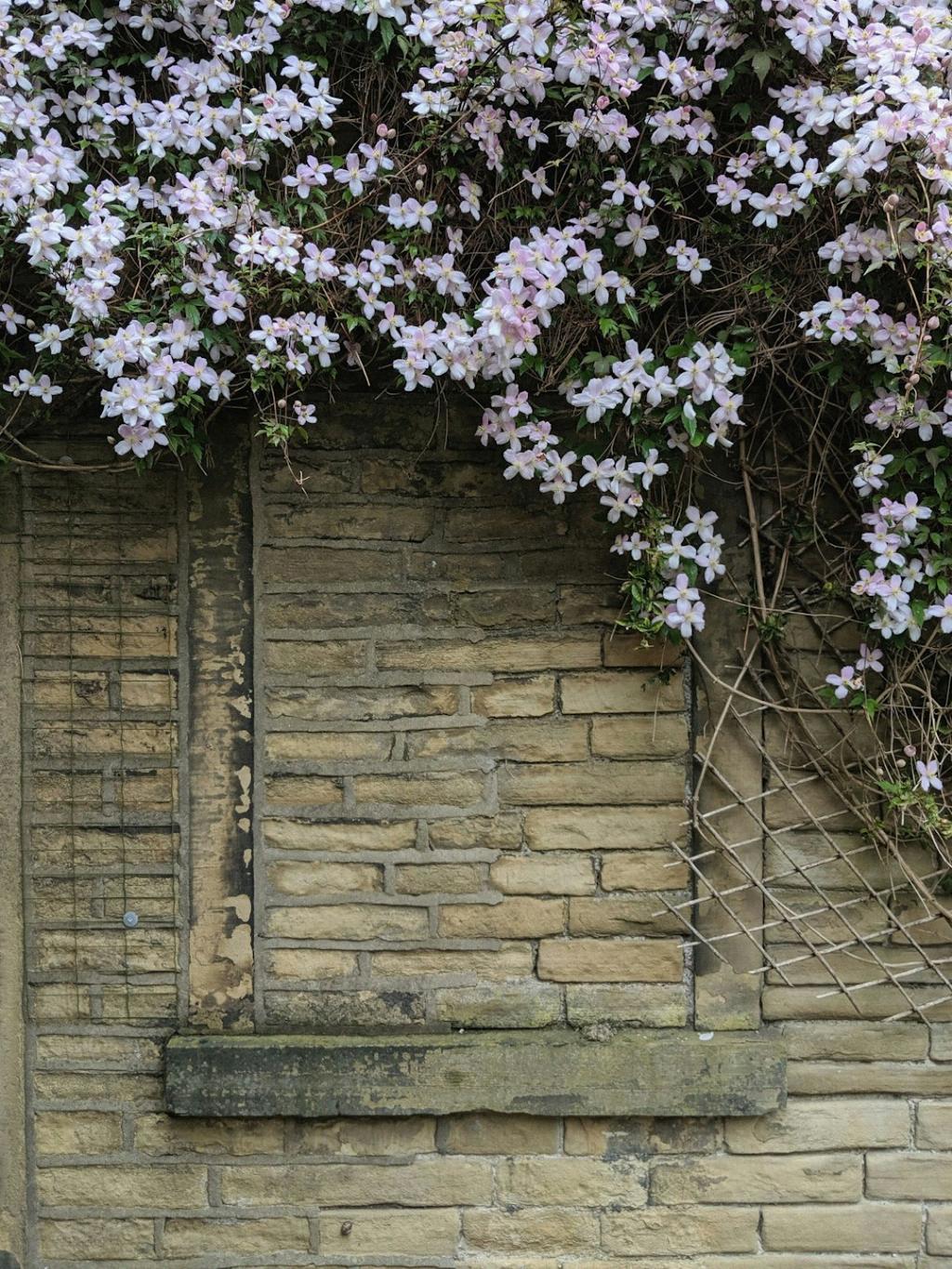When it comes to the watering needs of clematis plants, it is important to strike a delicate balance to ensure their optimal growth and health. Clematis are known for their stunning blooms and vigorous climbing ability, but they also have specific requirements when it comes to watering.
One vital aspect to keep in mind is to water clematis deeply but infrequently. It is generally recommended to water clematis plants once a week, especially during dry spells or hot summer months. By deep watering, you are encouraging the roots to grow downwards in search of moisture, which helps establish a strong and resilient root system.
Another important practice to bear in mind is to underplant your clematis with low-growing annuals, such as violas, or cover the surrounding area with mulch or flat stones. This serves a dual purpose – it helps to keep the roots shaded and cool, mimicking their natural environment, and it also helps in moisture retention by reducing evaporation from the soil.
When applying mulch around your clematis, ensure that it is kept at least 8 inches away from the base of the stems. This precautionary measure helps prevent stem wilt, which can occur when the base of the plant remains excessively moist and encourages fungal diseases to take hold.
It is essential to monitor the moisture levels of the soil around your clematis plant to prevent overwatering, which can lead to root rot and other issues. Checking the soil moisture by inserting your finger into the soil up to 2 inches deep can give you a good indication of whether watering is needed.
In addition to watering frequency, the quality of the water used on your clematis can also impact their overall health. Make sure to use room temperature water, as cold water may shock the plant’s roots and hinder their absorption capabilities. Likewise, avoid using water that is high in salts or chemicals, as these can accumulate in the soil over time and cause harm to your clematis.
During particularly hot and dry periods, be vigilant about increasing the frequency of watering to meet the increased moisture needs of your clematis. Potted clematis, in particular, may require more frequent watering compared to those planted in the ground, as their roots are confined to a container and have limited access to moisture.
Observe your clematis plant closely for any signs of wilting or drooping leaves, as these can be indicators of both over- and under-watering. Adjust your watering schedule accordingly based on these visual cues, ensuring that your clematis receives the right amount of moisture to thrive.
While clematis plants generally prefer consistent moisture levels, they do not tolerate waterlogged conditions. Ensure that your clematis is planted in well-draining soil to prevent water from pooling around the roots, which can lead to root suffocation and eventual decline of the plant.
Remember that factors such as the climate in your region, the type of clematis species, and the age of the plant can all influence its watering requirements. It is essential to tailor your watering practices to suit the specific needs of your clematis, taking into account these varying factors.
In conclusion, the key to successful watering of clematis lies in maintaining a balance between providing adequate moisture without overwatering. By following the recommended practices of deep, infrequent watering, monitoring soil moisture levels, and adjusting watering frequency as needed, you can help your clematis plants thrive and produce an abundance of beautiful flowers.

